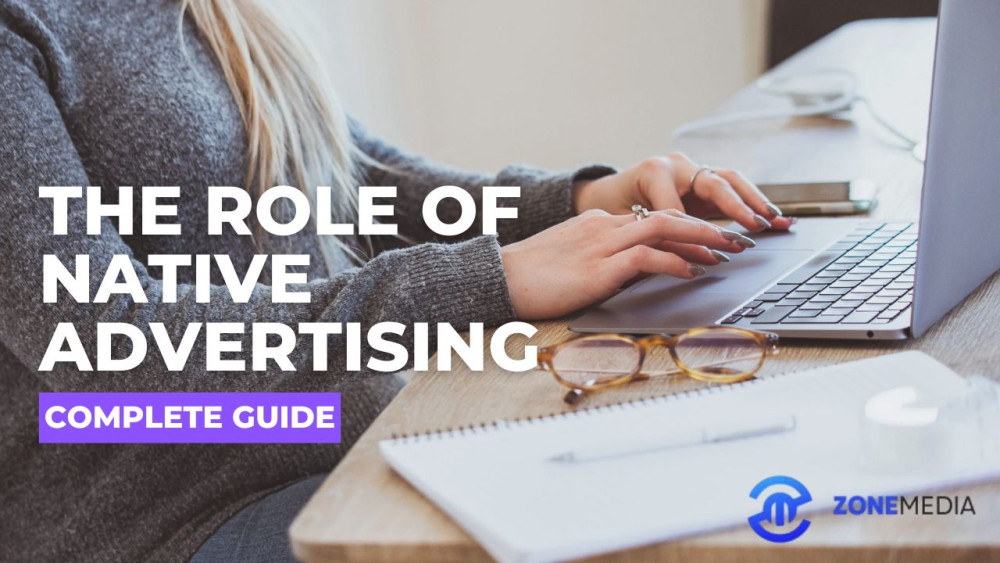Introduction: The Rise of Native Advertising in OEM Marketing
In the ever-evolving digital marketing landscape, brands constantly seek new ways to engage consumers without disrupting their online experience. This is where native advertising comes into play. Unlike traditional ads that stand out as obvious promotions, native ads blend seamlessly into the user experience, providing value while subtly influencing purchasing decisions.
For Original Equipment Manufacturers (OEMs), native advertising presents a game-changing opportunity to connect with consumers in a more organic and meaningful way. Whether it’s in the automotive, electronics, or software industry, OEMs can leverage native ads to enhance brand perception, boost engagement, and drive conversions.
What is Native Advertising?
Native advertising is a form of paid media that matches the look, feel, and function of the content in which it appears. Unlike banner ads or pop-ups, native ads are designed to be non-disruptive, appearing as recommended content, sponsored articles, or even in-feed social media posts.
For OEM campaigns, native advertising can take many forms, including:
Sponsored articles on industry websites
Branded content within product review sites
In-feed social media ads that blend with organic posts
Video placements on platforms like YouTube or TikTok
Why Native Advertising Works for OEMs
Native advertising isn’t just a buzzword—it’s a powerful strategy that aligns perfectly with OEM marketing goals. Here’s why:
1. Enhances Brand Credibility
Native ads provide an opportunity for OEMs to share informative and engaging content that feels less like an ad and more like a trusted recommendation.
When native ads appear on reputable tech or automotive websites, consumers are more likely to trust the message and consider the brand.
2. Boosts Engagement Without Disrupting User Experience
Consumers are bombarded with intrusive ads daily, leading to banner blindness.
Native ads integrate seamlessly into the content users are already consuming, leading to higher engagement rates and lower ad fatigue.
3. Drives Higher Conversion Rates
Studies show that native ads generate 53% more views than traditional display ads.
For OEMs, this means more people interacting with content that educates them about the brand’s products and services.
4. Leverages First-Party Data for Better Targeting
OEMs have access to rich first-party data from their own ecosystems, such as website visits, in-app interactions, and product registrations.
This data can be used to deliver hyper-targeted native ads to consumers who are already interested in the brand’s offerings.
How OEMs Can Implement Native Advertising Successfully
To maximize the impact of native advertising in OEM campaigns, brands must follow best practices that align with consumer behavior and platform guidelines.
1. Focus on Storytelling, Not Just Promotion
Consumers don’t want to feel like they’re being “sold to.”
OEMs should use native ads to tell compelling stories, whether it’s showcasing product innovation, customer success stories, or behind-the-scenes insights.
2. Choose the Right Platforms
Different platforms cater to different audience segments. For example:
LinkedIn and industry blogs for B2B OEM advertising.
Instagram and TikTok for visually appealing product storytelling.
Tech and Automotive news websites for in-depth product reviews.
3. Keep the Content Educational and Valuable
Native ads should provide solutions to consumer pain points.
Instead of focusing solely on the product, highlight how it improves the user’s life.
4. Optimize for Mobile Consumption
With most consumers browsing content on mobile devices, native ads must be responsive, visually engaging, and easy to interact with.
5. Monitor Performance and Optimize Continuously
Use A/B testing to refine ad creatives and messaging.
Track engagement metrics, click-through rates (CTR), and conversion rates to measure effectiveness.
The Future of Native Advertising in OEM Campaigns
As consumer behavior evolves and privacy regulations tighten, native advertising will continue to play a crucial role in OEM marketing strategies. Future trends to watch include:
AI-Powered Personalization: AI-driven native ads that adjust in real-time based on user interactions.
Integration with Augmented Reality (AR): Interactive native ads that allow users to visualize OEM products in their environment.
Expansion into Voice Search and Smart Devices: Native ads optimized for voice assistants and IoT devices.
Conclusion
Native advertising is no longer an optional marketing tactic—it’s a necessity for OEMs looking to enhance brand trust, engage audiences, and drive sales in an increasingly competitive digital world. By crafting compelling content that seamlessly integrates with consumer experiences, OEM brands can unlock higher engagement, better targeting, and ultimately, more conversions.


